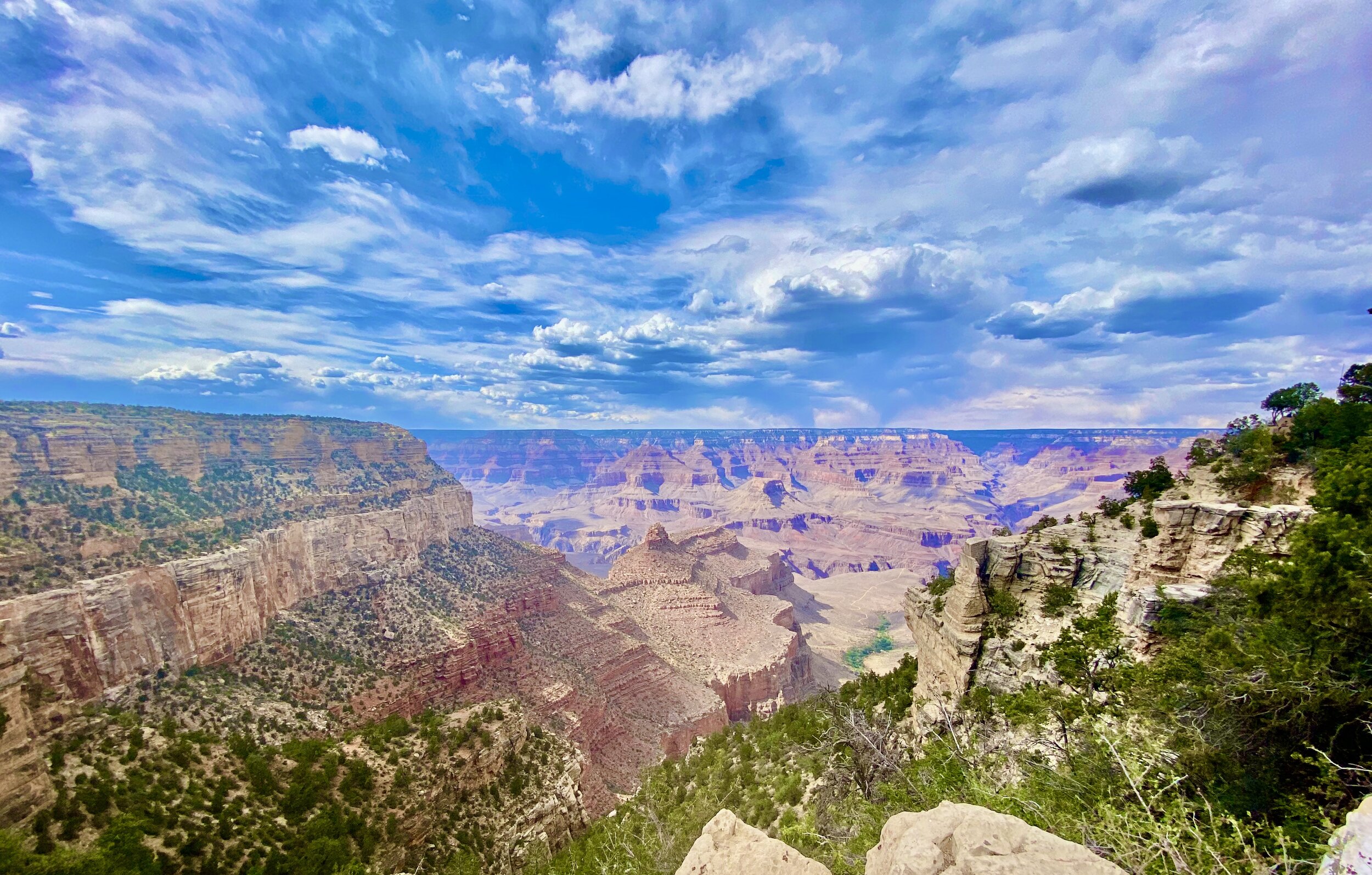Existentialism: The Importance of Discipline and Growth
Discipline and Growth; the Ancient Method
Read MoreDiscipline and Growth; the Ancient Method
Read More
In our rapidly evolving world, access to higher education and professional licensures is critical for personal growth and economic prosperity. However, the bureaucratic hurdles and excessive regulations often act as barriers, hindering individuals from achieving their educational and career aspirations. In this article, we explore the impact of red tape on higher learning and licensures and propose strategies to promote job growth.
Higher education institutions and licensure bodies are inundated with rules, guidelines, and paperwork. These regulations, while well-intentioned, can become excessive, stifling innovation and slowing down processes. For example, academic programs must adhere to accreditation standards, state licensing requirements, and federal mandates. The cumulative effect of these rules can create unnecessary administrative burdens.
Red tape often leads to delays in program approvals, credentialing, and licensure. Aspiring professionals—whether they seek a degree, certification, or license—face lengthy waiting periods. These delays not only frustrate individuals but also impede workforce entry and economic growth.
Complying with regulations requires resources—both financial and human. Institutions spend significant time and money navigating bureaucratic processes. Students and professionals bear the brunt of these costs, affecting their ability to pursue education and career advancement.
To promote job growth, we must streamline administrative processes. Here are some actionable steps:
Digital Transformation: Embrace technology to automate routine tasks, reduce paperwork, and expedite approvals. Online portals for applications, transcripts, and licensure renewals can significantly enhance efficiency.
Cross-Agency Collaboration: Foster collaboration between educational institutions, licensing boards, and employers. Shared databases and streamlined communication channels can facilitate smoother transitions from education to employment.
Competency-Based Licensure: Shift from rigid time-based requirements to competency-based assessments. Focus on skills and knowledge rather than arbitrary hours spent in classrooms.
Reciprocity Agreements: Encourage interstate reciprocity for licensure. Professionals should be able to practice across state lines without unnecessary requalification hurdles.
Risk-Based Approach: Evaluate regulations based on actual risks. Some rules may be necessary for public safety, but others can be relaxed without compromising quality.
Innovation Sandboxes: Create controlled environments where new educational models and licensure pathways can be tested. This allows for experimentation without jeopardizing standards.
Red tape should not hinder educational attainment and professional growth. By reimagining regulations, fostering collaboration, and prioritizing outcomes, we can create a system that empowers learners, supports job seekers, and drives economic prosperity. Let’s cut through the bureaucratic knots and pave the way for a more agile, accessible, and job-friendly higher education landscape.
Remember, it’s time to untangle the red tape and unleash the potential of our future workforce
A boomer leaves the office for good toward a remote career in an emergent market.
Read MoreHere’s a Vegetarian dish that lit up my tastebuds. It was basically pico de gallo with avocados and boiled eggs. The chef finessed the boil to make the yolk pour out of the egg; it was incredible. Easy to make, delectable to taste.
Read More
You never know what you’ll find on the hike into the canyon. And if you happen to be an avid hiker or fitness person, I bet you’ll actually get to the bottom and see even more rare, unique creatures and plants of the canyon. I’ve seen beautiful parts of America, but the Grand Canyon was the utmost beautiful place quite frankly on this side of the planet. You literally have to go see it for yourself to understand the magnitude of this seventh natural wonder of the world.

The Spirit of the Southwest…
The Grand Canyon is home to various Indigenous Native American Groups such as the Hopi and Navajo. Even more brilliant, is that just 2 hours away you can find a Meteor Crater that decimated this area millions of years ago. You can’t help but wonder when you’re there, whether you are standing on the bones of old earth.

Expect to see wildlife! Within twenty four hours of arriving we drove by this Elk, some reindeer, some wild horse, and even a big horn sheep. This place is outstanding and just flourishing with wildlife!

Camping in the desert is always an adventure.

For one thing, the colors are much more red in Grand Canyon. They’re brighter. Perhaps that’s a reflection on the people living here (Red Navajo and Hopi Natives). But for many of this desert canyon which embodies the spirit of the south west; the aesthetics that give this area it’s unmistakable character, have been here for as long as earth has existed.

So the desert, the native tribes, the mining for crystals in deep caves, and the million year old asteroid scar lead to a breathtaking, time-traveling experience which every millennial, boomer and/or advanced, humanoid should encounter while here on earth.